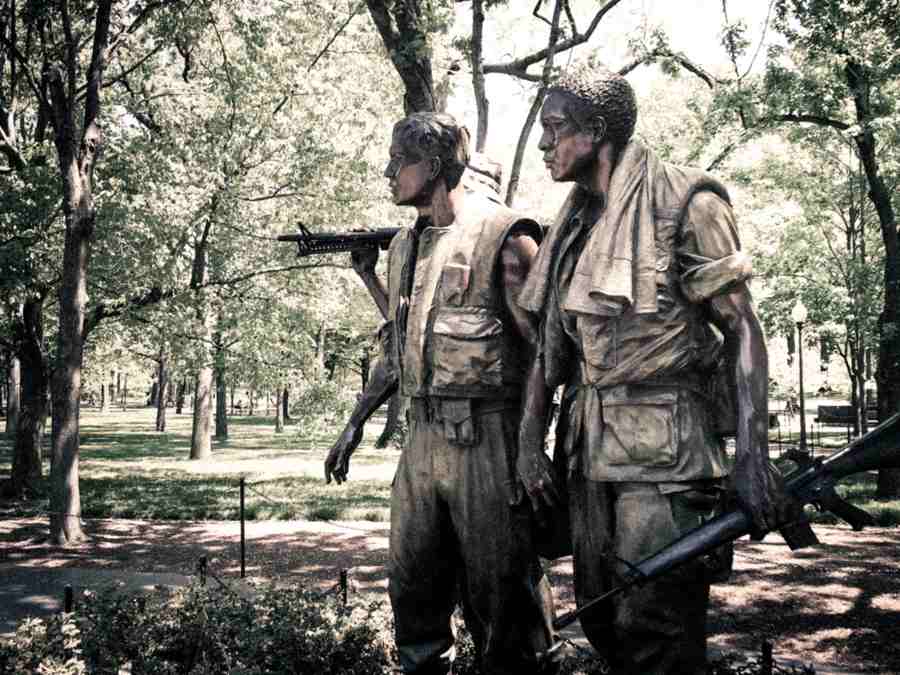The Vietnam War (1955-1975) was a protracted conflict between communist North Vietnam and the US-backed South Vietnam, rooted in Cold War politics. The war cost millions of lives, caused immense destruction, and had profound effects on American society and foreign policy. Despite superior military power, the U.S. failed to win, largely due to underestimating the resolve of the Vietnamese people and the effectiveness of guerrilla warfare.
In guerrilla warfare, the tactics are usually unconventional, used by smaller sides against professional opposition. In the end, Vietnam was reunified under communist rule, while the war left lasting scars in Vietnam and deeply altered the political and cultural landscape of the United States.
Check Out: Why Are People in the US Protesting on Earth Day 2025?
Key Highlights of the Vietnam War
Let us discuss some of the major events of the Vietnam War and the historical background, significance, repercussions, and other factors.
Background
Rooted in the aftermath of World War II and the First Indochina War (1946–1954), Vietnam was divided into communist North Vietnam and anti-communist South Vietnam after the Geneva Accords in 1954.
The US president John F. Kennedy was fearful under the pressure of the Cold War era that if a communist nation took hold of Vietnam, then it would lead to a “domino effect,” which essentially means that the whole of Southeast Asia would fall prey to the regime of communism. To avoid this from happening, he chose to deploy the US Army in Vietnam. After his assassination, Lyndon B. Johnson deployed up to 23,000 US soldiers in Vietnam, enraging the native citizens of the country.
Main Reason for Conflict
The main reason for conflict in the Vietnam War was the difference of interest between North and South Vietnam. After defeating the French colony, North Vietnam wanted to establish a full-fledged Communist regime in the whole of Vietnam, including South Vietnam, following the model of the Soviet Union and China. South Vietnam, on the other hand, wanted a governance closest to the West. The strong presence of the US military in the region only strengthened this feeling of resistance towards the north.
Repercussions
An official estimation was released by Vietnam in the year 1995, and almost 2 million civilians died on both sides of the country. According to the US, 200,000 to 250,000 Vietnamese civilians had lost their lives in the war, and 58,000 US soldiers had been killed in the war in Vietnam. This loss was not felt by the US and Vietnamese civilians alone. 4000 South Koreans, 350 Thai citizens, and more than 500 Australians lost their lives while fighting for Vietnam.
Summary

The Vietnam War is also called the Proxy War. This means that the war was fought by two other nations, namely, the United States and the Soviet Union, for North and South Vietnam, respectively. The war happened between 1954 to 1975 and was a direct effect of the Cold War. The Cold War was an ideological conflict between the Soviet Union and the US about their ideal form of governance and dominance over the rest of the world. The US was wary of the growing spread of Communism in different parts of the world. This fear led to the war between the North and South of Vietnam, represented by the Soviet Union and the US, respectively. It was ultimately lost by the US.
Must Read
Which is the Planet With the Most Moons?
Comments
All Comments (0)
Join the conversation